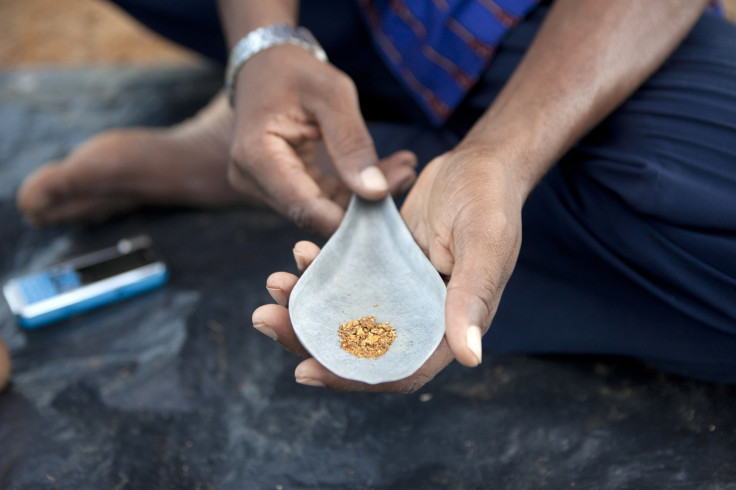Mercury Poisoning: Yet Another Problem For Developing Countries To Worry About

Out of everything that could kill a person in a third-world country, “mercury poisoning” is now surprisingly high on the list, a new U.N. study says.
Just ahead of the ratification of a new treaty aimed at bringing down the amounts of mercury released by industry and mining, the United Nations Environment Programme released a study assessing the increased health and environmental risks of mercury to people in developing countries, mostly in Asia, South America, and Africa.
According to the report, most people are being exposed to mercury through the burning of coal for energy and electricity and because it is being used in small-scale gold mining, a practice that is also illegal in many countries. The report found that approximately 10 million to 15 million people are directly involved in small-scale gold mining, including 3 million women and children.
The Blacksmith Institute, a New York-based environmental nonprofit organization, said that the process for extracting gold using mercury involves mixing elemental mercury with silt or ore dust that contain tiny pieces of gold, often by hand. Once added, the mercury sticks to any gold that might be present, and the mercury-gold amalgamation is removed by washing the silt with water. The amalgam is then heated, often in a private home, and the mercury evaporates, leaving the gold and exposing anyone in the vicinity to mercury vapors.
The countries where this type of “artisanal” mining is most common include Malaysia and Indonesia, Brazil, the Democratic Republic of the Congo, Tanzania and Mali. The UNEP report also revealed the countries who consume the most mercury are in East and Southeast Asia. In an interesting twist, both Southeast Asian countries and the European Union countries have an alarmingly high rate of using mercury in dental amalgams.
The treaty in question, which has been in discussions since 2010, will enter its final round of negotiations on Sunday in Switzerland. The current version of the treaty, says Human Rights Watch, focuses too much on environmental regulation and not enough on health problems.
“Millions of people around the globe are exposed to mercury on a daily basis, in artisanal mining and elsewhere. There is a dire need for stronger prevention and treatment of mercury poisoning,” Juliane Kippenberg, a senior researcher at HRW, said in a statement. “Delegates to the mercury treaty negotiations should seize this last chance and draft effective health strategies to prevent and treat mercury poisoning.”
“Artisanal and small-scale gold mining is recognized as a major challenge in efforts to reduce emissions from mercury," Fernando Lugris, chair of the Intergovernmental Negotiating Committee, the body that is negotiating the mercury treaty, said in a statement to UNEP. "Other efforts should work toward the formalization of the sector, which is largely unregulated.”
Mercury is an incredibly stable substance and, thus, can hang around in the environment for centuries. High doses or prolonged exposure can cause a wide range of unpleasant deteriorations in bodily functions, including skin discoloration and shedding, nerve damage, loss of hair, teeth and nails, kidney dysfunction and memory impairment. In high-enough doses, mercury can, of course, kill people. There are no treatments for mercury that have been approved by the U.S. Federal Drug Administration.
The actual estimates of worldwide emission rates are sketchy: The range is said to be somewhere between 1,000 and 4,000 tons annually, but the biggest culprit for emission is Asia, whose rapid industrialization makes it accountable for about half of all global releases of mercury, UNEP said in a statement.
Other issues of concern relate to the discovery that 260 tons of mercury that were previously held in the soil around the world are now beginning to leech into rivers and lakes, rendering them dangerous for drinking or other uses. Levels of mercury in the Arctic are rising: About 200 tons of mercury are deposited every year in the Arctic by countries shipping the substance there for disposal. The report found there has been a ten-fold increase in the past 150 years.
Levels of mercury in the world’s oceans are also rising: UNEP said that over the past century, human emission of mercury caused the doubling of mercury levels in the top 330 feet of the world’s oceans, and levels in deeper waters have risen by 25 percent.
According to the U.S. Environmental Protection Agency, consumption of fish is one of the main ways humans worldwide are exposed to mercury.
© Copyright IBTimes 2024. All rights reserved.












